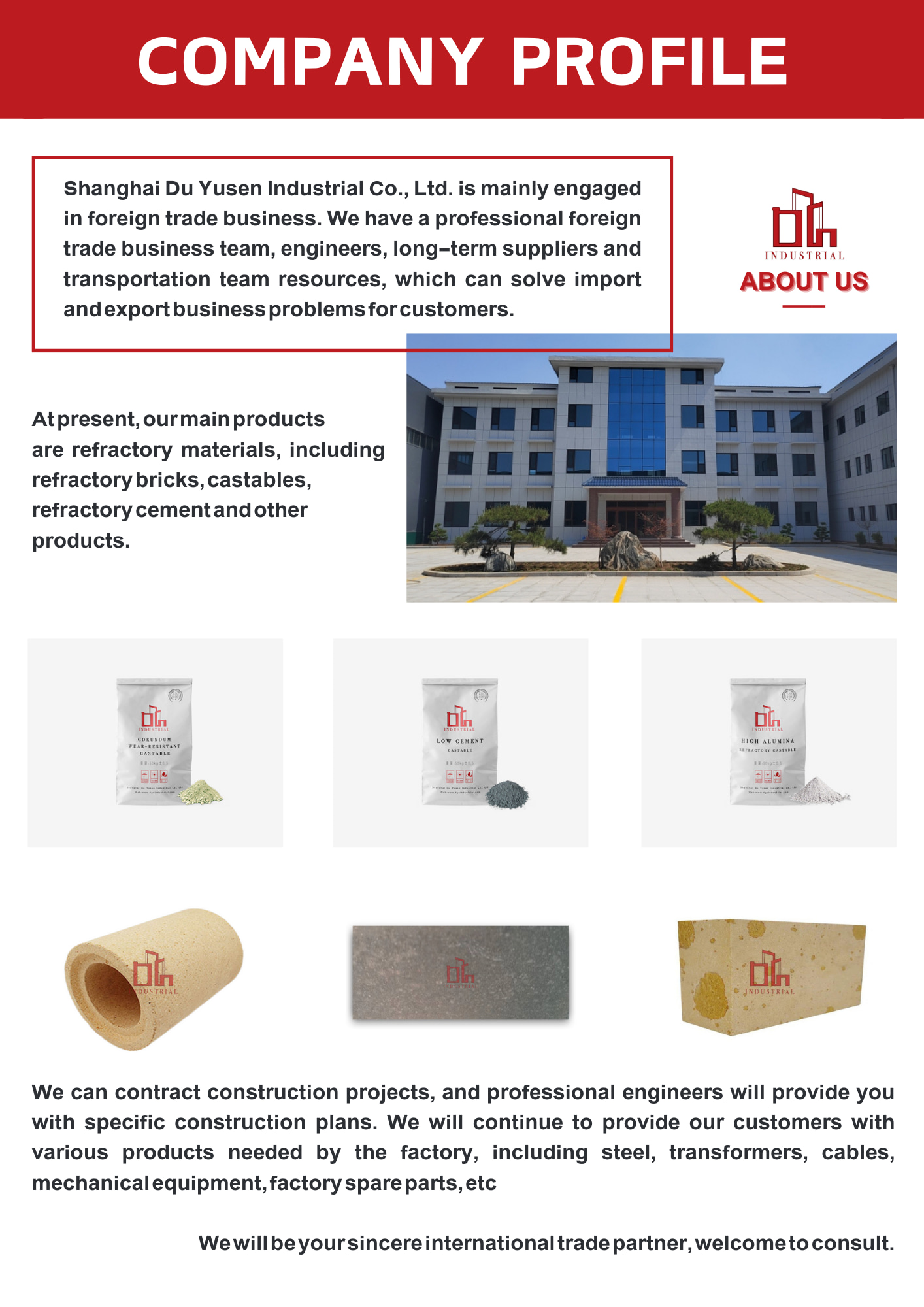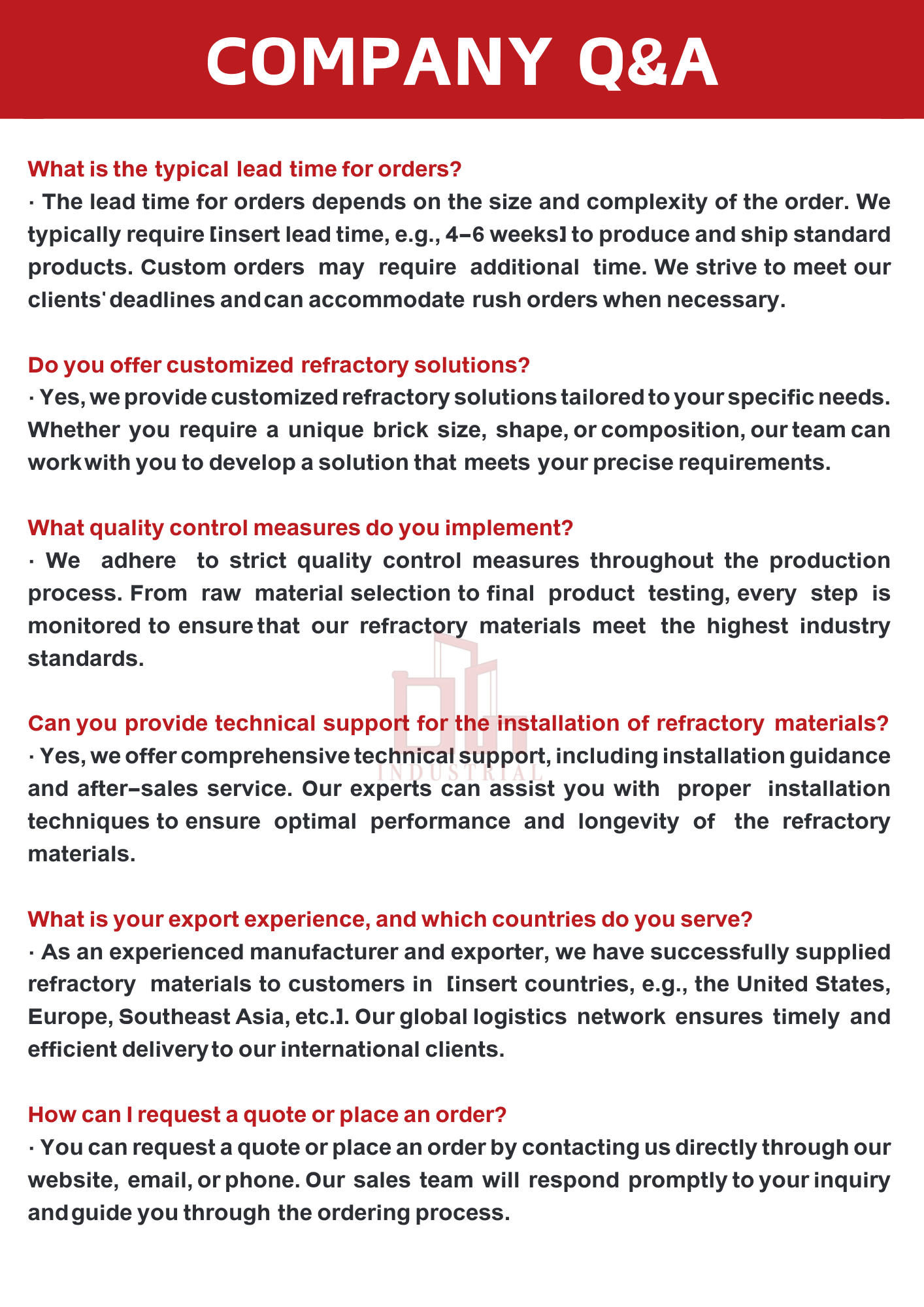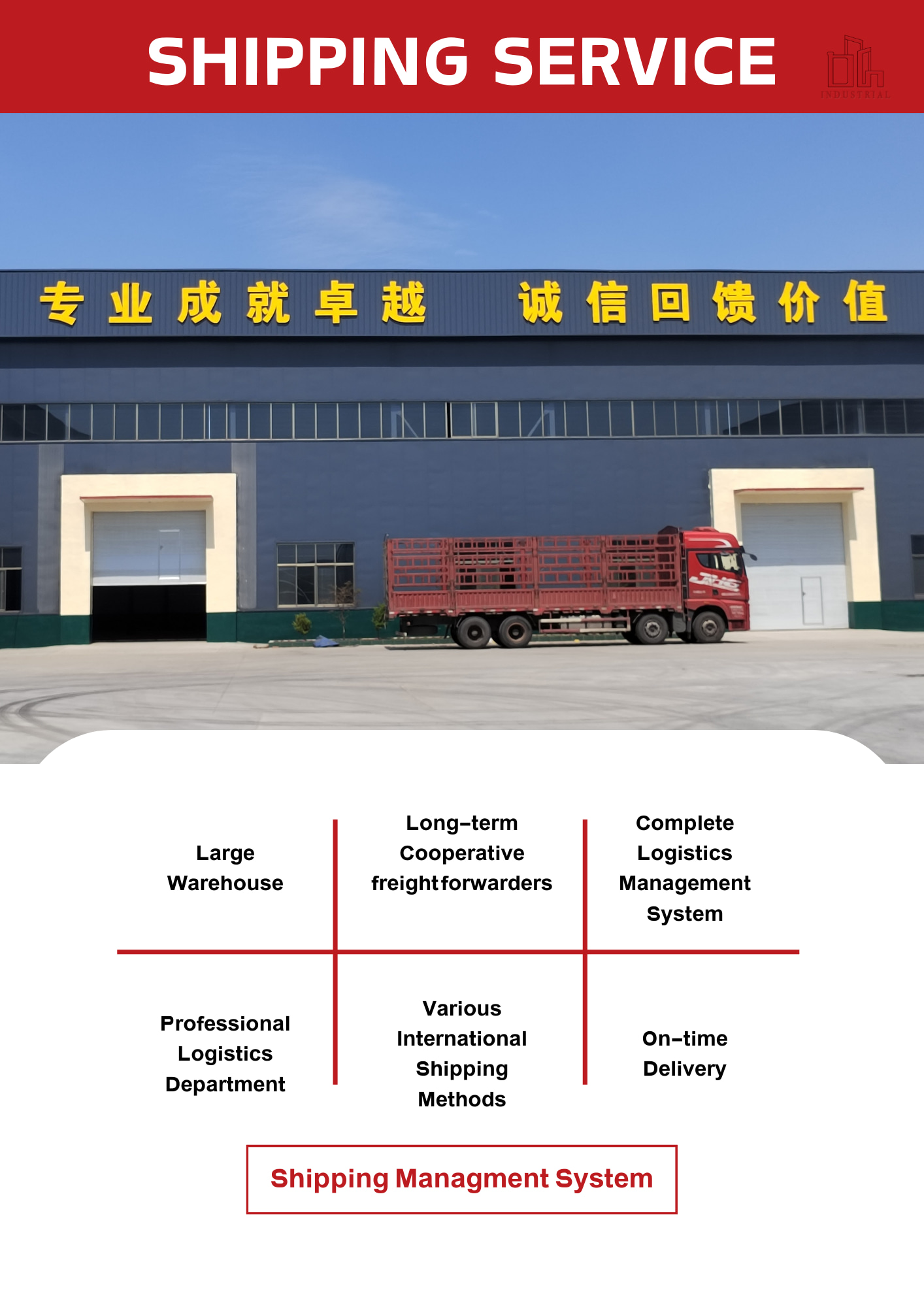We focus on the research and development of 35-1 000 kV porcelain-coated gapless metal oxide arresters; 6-800 kV composite-coated gapless metal oxide arresters; 66-1000 kV GIS gapless metal oxide arresters; 35-750 kV line-type composite-coated series-gap metal oxide arresters; complete sets of arresters for ±50-±1100 kV DC transmission projects; gapless metal oxide arresters for railway electrification; and counters and monitors for arresters.
Payment :
In AdvanceProduct Origin :
ChinaShipping Port :
Shanghai PortLead Time :
15 Working daysComposite-coated gapless metal oxide arresters, also known as surge arresters, are high-voltage protection devices used in electrical power systems to protect equipment, such as transformers and switchgear, from overvoltage events caused by lightning strikes and switching transients. These arresters are designed to handle voltage levels ranging from 6 to 800 kV.
Key points about composite-coated gapless metal oxide arresters:
1. Function: The primary function of these arresters is to provide a low-impedance path for diverting transient overvoltage surges to the ground. When a surge occurs, the arrester rapidly changes from a high-resistance state to a low-resistance state, effectively shunting the surge current away from the protected equipment.
2. Construction: Composite-coated gapless metal oxide arresters consist of metal oxide resistor elements that are encapsulated in a polymer or silicone housing. The metal oxide elements provide the necessary voltage protection, while the encapsulation provides electrical insulation and mechanical protection.
3. Metal Oxide Elements: The metal oxide resistor elements within the arrester play a crucial role in its operation. When exposed to high voltage, the metal oxide elements exhibit nonlinear electrical characteristics, allowing them to conduct current when the voltage exceeds a certain threshold. This nonlinear behavior helps regulate and limit the amplitude of the voltage surge.
4. Gapless Design: Gapless arresters, as the name suggests, do not have air gaps or spark gaps within their internal construction. Instead, they utilize a solid-state design with a continuous flow of metal oxide material, which enhances their reliability and ability to handle higher voltages.
5. Composite Coating: The external housing of these arresters is coated with a composite material, typically made of silicone or polymer. The composite coating provides electrical insulation and protects the internal components from environmental factors such as moisture, dust, and UV radiation.
6. Voltage Rating: Composite-coated gapless metal oxide arresters are available with voltage ratings ranging from 6 kV to 800 kV, making them suitable for various high-voltage applications.
7. Application: These arresters are commonly used in electrical substations, transmission lines, distribution networks, and other high-voltage systems where protection against transient overvoltages is required.
It's important to note that the specific design and specifications of composite-coated gapless metal oxide arresters may vary depending on the manufacturer and application requirements. Therefore, it's recommended to consult the manufacturer's documentation and guidelines for detailed information about a specific arrester's operation, installation, and maintenance



Tags :